Nokia Lumia 735 Review
by Brett Howse on February 3, 2015 6:00 AM EST- Posted in
- Smartphones
- Microsoft
- Nokia
- Lumia
Camera
The Lumia 735 is the first step under the other Lumias with PureView cameras. Although the definition of PureView has altered over the years, It appears that devices with Optical Image Stabilisation (OIS) are branded PureView, and those without are not. The 735 reaches a sort of middle ground though with it still having Zeiss optics on the 6.7 megapixel sensor. It only has a 1/3.4 inch sensor size, which is fairly small compared to something like the Lumia 930, but the aperture is f/1.9 which helps the camera bring in more light. The backside-illuminated image sensor is also in the 16:9 format, so widescreen images are not a crop of a 4:3 image.
One of the improvements on the Lumia 735 over higher model Lumias is the inclusion of a 5 megapixel front facing camera sensor, which is a big jump over the 0.9 megapixel version in the Lumia 830. This adds the ability to record 1080p on the front camera, in addition to the 5 MP stills. For anyone who uses Skype video calling often, or if you are enjoying the selfie craze, the much improved front camera will certainly be interesting.
Lumia 735 Front Camera (top left) Lumia 735 Rear Camera (top right) Lumia 930 Front Camera (bottom left) Lumia 930 rear camera (bottom right)
The specifications for the Lumia 735 do not give any more details on the front camera other than the increased megapixel count. The sensor size will certainly be much smaller than the rear sensor though, which means it will not be able to capture as much light. The aperture is f/2.4, further reducing its light gathering capabilities. We will not put the front camera through the same exhaustive testing as the rear camera, but to get a feel for the improvements to the front camera I did a couple of shots comparing the Lumia 735 front and rear cameras to the Lumia 930 front and rear cameras.
The 735 front camera is a big improvement on the 930. The Lumia 930 front camera image is washed out, dim, and full of jagged edges and loss of detail. However both front camera images lack the detail and capabilities of the rear cameras. It is certainly an improvement, but there could be a lot more improvement done to make this a true selfie phone.
To measure camera performance, we start with the ISO12233 test chart, which allows us to test for spatial resolution and what effect the ISP has on the image by attempting to remove aliasing.
ISO12233 Test Chart
The ISO12233 Test Chart is broken down into many sections to give a value to the amount of spatial resolution achieved in the overall image.
The 735 cannot resolve very fine detail, which means that when you start to crop the image, there is a loss of detail fairly early. This can be better viewed by looking at the Sagittal and Tangential lines.
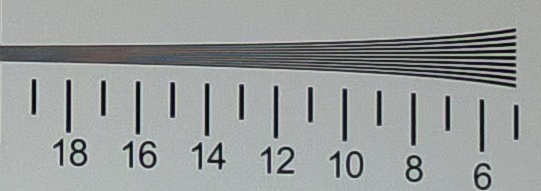
The 735 starts to lose the ability to resolve detail around the 12 mark. It cannot quite resolve as much as the 830 can with the higher pixel count.

The same goes for the tangential lines, which begin to become murky around the 11-12 mark.
Controlled Scenes
To get a feeling for how the camera performs, we start with some controlled scenes and compare it to other devices. For the bright shot, there is plenty of light (well over 1100 lux) so you can get a feel for color reproduction. For the dark scenes, we set the lighting to 5 lux to get a feel for camera sensitivity.
The 735 does a nice job with the cast of this scene, getting the correct color balance and accurate colors from all of the items. This is a trend going forward on this phone. In well-lit scenes, it does very well.
The smaller sensor size and lack of Optical Image Stabilisation is counteracted by the larger pixel size and very low aperture on this phone. It does a reasonable job of pulling in light in dim scenes, but the images can be a bit grainy.
Outdoor Scenes (Night)
With a 1/3.4” sensor, the Lumia 735 is at a disadvantage against other Windows Phones like the Lumia 930, but it does share the same sensor size as the Lumia 830, which is a 10 megapixel camera versus the 6.7 megapixel camera in the 735. The smaller pixel size in the 830 is offset by Optical Image Stabilisation though, helping low light performance. Let us see how the 735 compares.
The f/1.9 and larger pixel size certainly helps the Lumia 735 with low light shots. There is quite a bit of graining in this image, but it is usable. That seems like faint praise, but truly it is a pretty demanding shot with the lighting in this scene.
Compared to the M8, the larger pixels in the HTC do a great job on this image, really pulling in a lot of light. The 735 does not fare as well.
Outdoor Scenes (Day)
During the daytime, there is generally enough usable light that even the smaller sensors have enough to work with.
I would have liked to get some images of flowers or something with more color, but this time of year there is not much color around. This shrub allows us to see the amount of detail available in the image though. At the default zoom, the Lumia 735 does quiet well. Where the sensor really loses out though is the ability to zoom.
Lumia 735 (top) vs Lumia 930 (bottom)
The Lumia 930 has a much larger sensor, and about three times the number of pixels, which gives it a lot more spatial resolution and the ability to crop photos without losing detail. The 735 camera is reasonable as long as you are not going to zoom.
I had the phone with me in Las Vegas for CES, so I was able to take some photos there as well. The results were all quite good for a midrange phone.
For day to day pictures, the Lumia 735 generally impressed me. It was always quick and easy to get a usable picture, as long as the camera app was set to quick launch. It does not have the imaging grunt of its higher priced brethren, but the camera is well suited for average scenes. It also does a reasonable job in lower light scenes with the larger pixels combined with the f/1.9 aperture. It cannot ultimately compete against the Lumia 930 or HTC One, but for a mid-range phone the camera can capture some nice images.
Capture Latency
Being able to take a picture quickly is important in many situations. There are a lot of factors that go into this, including camera app launch time, focus latency, and shot latency. We have seen a push in the smartphone industry to decrease the amount of time for focus, and some flagships have very good focus speeds now. Another latency is the shot time. Decreasing the amount of time between shots is very important as well. The Nokia Camera app has been very slow at this in the past, but Microsoft has updated the app tremendously to improve shot to shot time, as well as the camera launch time. The updated Lumia 930 does have this, however at the time of this review the new Lumia Camera app has not come to the 735, so we will also show the Microsoft camera app which is quicker.
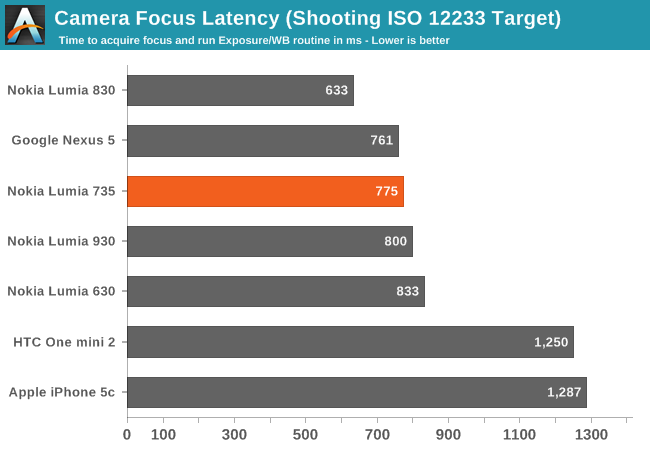
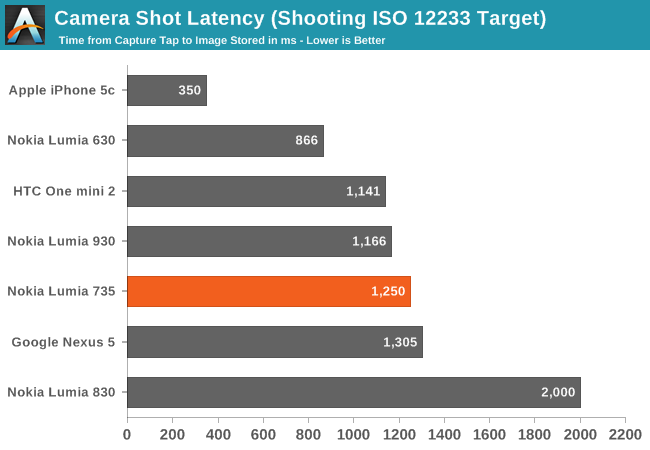
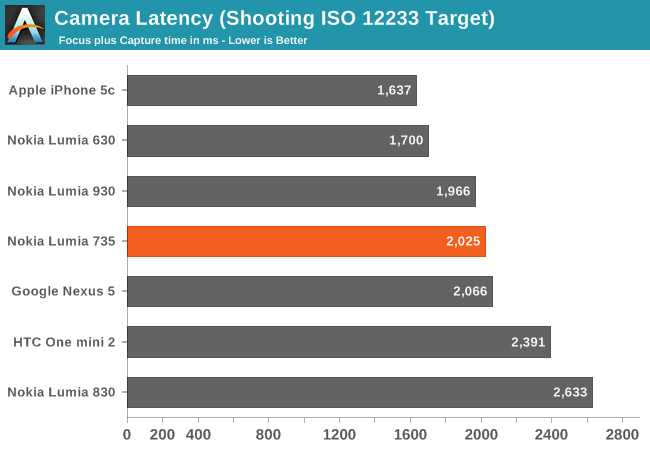
The Microsoft camera app is likely going to get phased out with the Windows 10 update for phones. At the moment, it is only slightly faster for the overall image sequence, but it can capture images a bit quicker. The Nokia Camera app is a bit slower, but offers a lot more functionality such as full manual controls. This app will be superseded with the Lumia Camera app at some point, which should help with the shot to shot time. Some of the Lumia Camera features such as 4K video require a better ISP than the 735 has, but the increased shot speed, camera launch time, and image processing should get a nice boost with the update.
Looking at the times the Nokia Camera app is slightly quicker to focus, but shot to shot time is longer. Both values are unimpressive, so all we can hope for is the updated Camera app to trickle down to the lower end phones.
Video
The Lumia 735 will record video at 720p or 1080p, and at framerates of 24, 25, and 30 frames per second. The lack of 4K video is no surprise, since the ISP in the Snapdragon 400 cannot handle this, and the 6.7 MP sensor is too few pixels for 4K. The 735 also lacks the quad-microphone array of the 830, 930, and 1520, which allow those devices to record in Dolby Digital surround sound. Video recordings on the 735 are strictly stereo affairs.
The low pass audio filter helps with the wind noise, and the overall image quality is quite good for 1080p video. The 735 lacks Optical Image Stabilisation compared to the 830 and higher devices, so the video is not as smooth when walking around as one might hope.


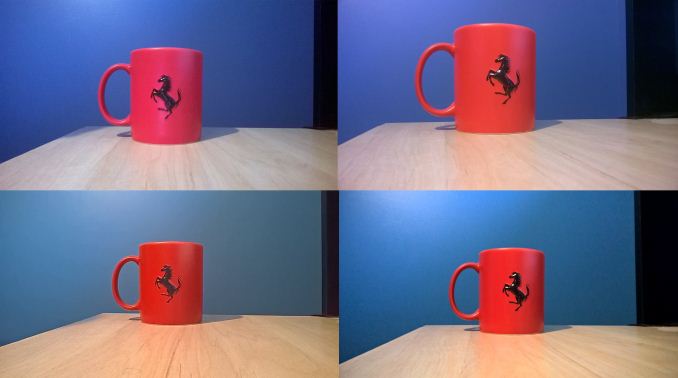
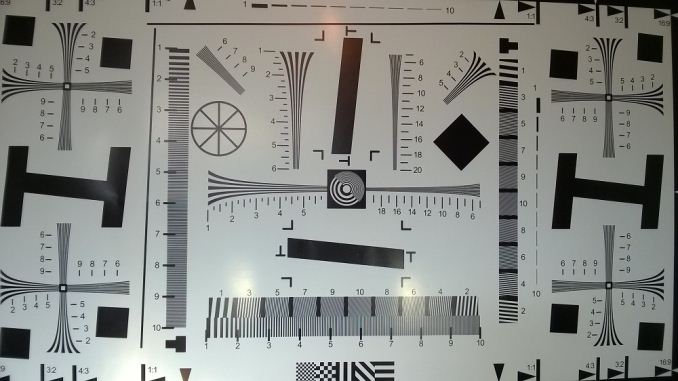


















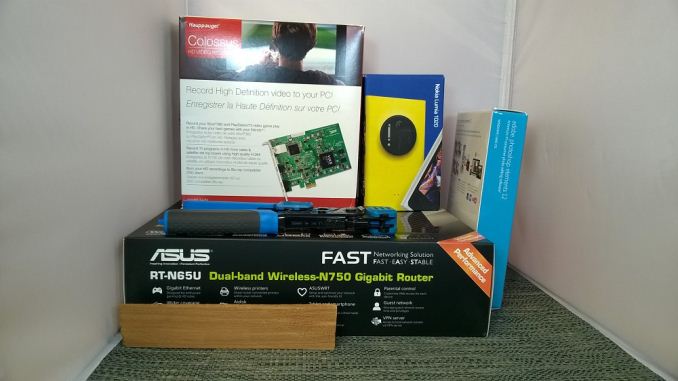



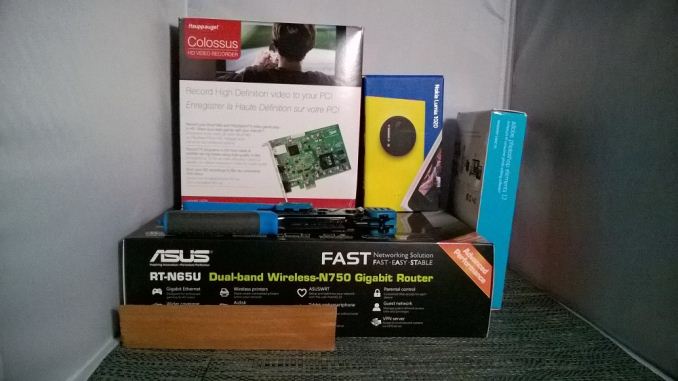



















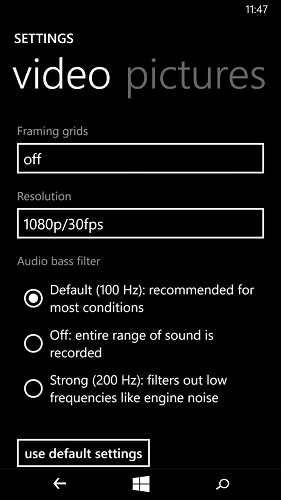








64 Comments
View All Comments
Mondozai - Tuesday, February 3, 2015 - link
I have a Lumia 1520, which I am very, very satisfied with. Nokia makes some really sturdy phones. I have dropped it quite a few times, around 4-5 times, over the last 7 months. It's something that happens to me maybe once a month or less, but it happens.Not even a scratch on the screen or even the body. It's high-quality. The 1520 was also relatively cheap when I bought it(around 380 euros off-contract).
So that is my disclaimer. But here's the thing about these phones. They are very underspecced for a high price. Nokia(or now Microsoft) does awesome high-spec phones, but they are terrible at the lower-end.
The Lumia 520 was a hit for its time, when most budget stuff was terrible. But now, it is not hard to find decent quality low-price phones. It's not just Xiaomi. In places like India, you now have MASSIVE choice. Even the mid-range is getting serious competition from players like the Moto G, who in turn are getting disrupted by even cheaper alternatives. The Micromax Yu phone, the upcoming Zenfone 2(flagship specs for 200 dollars).
The short summary is that Nokia/MS is getting increasingly less competitive with the market. They used to do well in the low-end but now they are getting crushed there. They still do very good high-end phones but that is not where the market is going.
I hope, for selfish reasons, that they get their act togther. More WP users means more attention to the app ecosystem, but my god, you gotta do better than this MS.
Mondozai - Tuesday, February 3, 2015 - link
Just an addendum, the app ecosystem in WP is today massively improved. I'm anxious to get ahold of the WP 10 technical preview, since the changes there will essentially bring the OS into parity with iOS/Android on a technical basis. The OS is very fast, has no jutter and no lag.I feel like the Nokia/MS thing have gotten in reverse in a sense. They used to make killer phones but with a faltering OS and a poor app ecosystem. In my view, the latter part has been largely fixed, while the strong suits of WP (the speed, the lagless experience etc) have been strengthened.
Now, most Lumia phones we're seeing are not that competitive with the market. The L920 was an amazing deal for its time. In my view, if you can get the 1520 for cheap, it's the equivalent of that phone(if you are comfortable with big phablets). But if you're not into the high-end, you're going to overprice. A flagship Zenfone 2 for 200 dollars will simply crush what they have on offer. The OnePlus, the Micromax Yu, it just continues. Android is becomming ungodly affordable, and WP isn't keeping up. Apple has the premium segment increasingly sewn up.
kspirit - Tuesday, February 3, 2015 - link
The lagless experience hasn't improved, it's gotten worse. When Microsoft started moving apps from Silverlight to WinRT and encouraging devs to make apps in WinRT for universal apps, it killed a lot of the smooth experience. My 925 was way faster on WP8 than it is on 8.1.1. The app load times are the actual offenders.The "loading" and "resuming" screens have become painful. Sure there might be runtime optimizations that MS has yet to do since WinRT is much newer than Silverlight. WinRT apps can't run under the lockscreen either, they reload when your phone locks over them. I am hoping they fix it with Windows (Phone) 10.
hwangeruk - Saturday, February 7, 2015 - link
kspirit. That's does not tally with reality. WinRT is native code (COM wrapped Win32 API)Silverlight comes out as IL , so runs managed. My universal apps start, and run faster so note sure what your issue is.
Wolfpup - Tuesday, February 3, 2015 - link
I have no idea how they're selling, but in the U.S. at least, the cheaper Nokias are still the only good cheap phones. For several times more than like a 635 you can get a Google Play Edition Motorola, but even then it lacks LTE (and costs much more, even if it's still pretty cheap).kmmatney - Tuesday, February 3, 2015 - link
For cheap phones for my family, I just buy used phones. I think the best deal is the Galaxy S3 - I bought a used one in excellent condition (looked brand new) for my wife for $90.mymy - Tuesday, February 3, 2015 - link
Excellent choice. I have had my S3 since inception, around 2.5 years. A solid performer. A good phone, great screen. Have not had a single problem. Skipped the S4/S5, just getting to large.hwangeruk - Saturday, February 7, 2015 - link
I have a Lumia 735, iPhone 6 and Samsung S4. The S4 is the worst hardware (plasticy) worst OS (Android is ugly anyway, and Samsung ruin it with their bloatware). The Lumia 735 is on a level playing field with the iPhone 6, both high quality OSes, both much more modern than Android. The only thing I really like about my iPhone is the touch ID. Other than that the Lumia 735 is comparable. Ignoring "spectard" comparison, but in real life usage all 3 are almost exactly the same size, all run just as fast. The iPhone is super expensive but I didn't pay for it. If it was my own money i'd get the 735 every time. Best value by miles.Jon Tseng - Tuesday, February 3, 2015 - link
Have to say I do love the design. When I clocked it in the shop I thought it was the Nokia N9 brought back to life.It looks like its a monolithic unibody, but actually the seam for the removable back is right around the screen edge so you get unibody looks but removable/replaceable back.
Daniel Egger - Tuesday, February 3, 2015 - link
The 830 has another couple of disadvantages over the 735 except for the price: It's too big and it's too heavy and if you happen to have one x20s with x > 7 then it's also a step sidewards feature wise.The slow WiFi is not really a problem since in 99% of all cases you'll have to process the data in some form anyways so the bottleneck will be the CPU. 5GHz would have been nice though.
The only real letdown as you've correctly identified is the lack of Glance, but since that's only software anyways I don't see any reason why the might not be added at a later point.